In my last post, we looked at how our brains are programmed to acquire new skills and learn new movement patterns, and why we get that bumbling giraffe-like feeling when we start to learn a new move.
Today, I want to go beyond the theory and show you how you can use that knowledge to adapt the way you train for pole, so you can practice your pole skills in the most optimal way possible.
If you missed part 1, you can scoot back for a quick catch up here.
All caught up? Right then, let’s crack on!
As promised – here are 8 ways you can speed up the skill acquisition process (in other words: learn pole faster!).
#1 Practice new skills at the beginning of your training session
Learning new skills that are still in the cognitive stage (the one that requires lots of conscious effort) is exhausting for our central nervous system, so trying to practice these moves in a state of physical exhaustion at the end of your training session isn’t going to be productive.
It’s best to practice new skills at the beginning of your training session, while your body and brain are still fresh.
And make sure you warm up first! A progressive warm up not only helps to prevent your muscles from injury but also primes your neuromuscular system for optimal learning and performance.
When you’re in a more fatigued state, at the end of your training session, that’s a good time to practice the moves you’ve already completely mastered – this will help to further solidify those skills.
#2 Get out of the #nailedit Instagram pic mindset
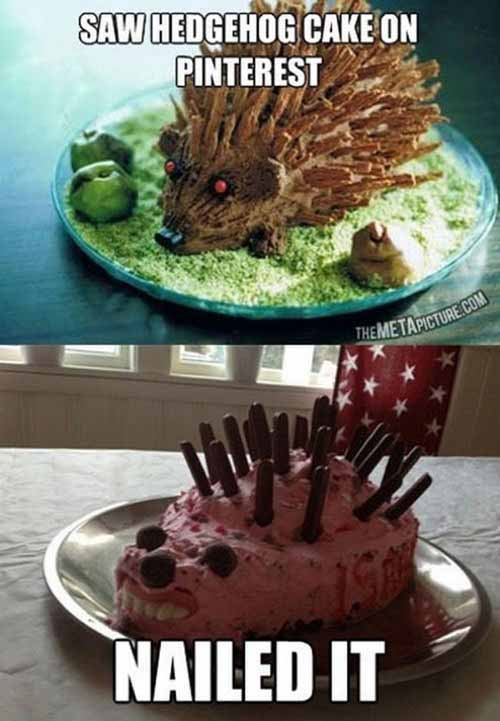 We’re all guilty of this sometimes… considering a move ‘nailed’ once you’ve managed to take a picture of it, however ungraceful the entrance and exit of the move.
We’re all guilty of this sometimes… considering a move ‘nailed’ once you’ve managed to take a picture of it, however ungraceful the entrance and exit of the move.
You know, the ones where your mate has to pass you a foot, or hold you in place until the last moment and regrab you in a mad panic as soon as the photo is taken. Yeah, yeah, don’t pretend you’ve never done it.
Having an ever-growing ‘want list’ of moves is one of the fun things about pole, but too much focus on ‘ticking off’ moves on your list without taking time to truly understand the movement will not give your body and brain a chance to go through those important stages of skill acquisition.
Instead, strive to dominate that new move. You want to OWN that flatline Scorpio – not just be able to eek your way into it for a photograph. If you’re a massive social media hound, try to get into the habit of posting videos instead of (or as well as) photos – it will force you to improve your entry and exit and really help to hone your technique.
Remember that it’s mastery of the movements that will make you a great pole dancer. NOT getting a move once for an Instagram photo and then moving onto the next thing.
#3 Stop avoiding those moves you suck at
I know it’s hard to force yourself out of your comfort zone and practice those moves you don’t enjoy.
But if you suck at superman and don’t practice it, your body’s motor programmes for that move will never develop beyond the cognitive stage. It will require more conscious effort and will always look sloppy. In other words, your superman will look and feel like crap unless you practice it regularly!
Sure, we have to be selective. Maybe we just want to focus on a particular style, and we can’t do EVERYTHING in pole there’s just so damn much of it! So leaving aside moves that don’t form part of our bigger picture is A-OKAY, but for those transitions and skills that do form a big part of our long term plan, we need to make friends with the process. Great athletes make a dedicated effort to turn their weaknesses into strengths and plug holes in their skill set – it’s a good example to follow if you want to excel at any sport.
#4 Practice conscious proprioception
 Kinesthesis (proprioception)—or body awareness—is the internal sense of our body positioning in space.
Kinesthesis (proprioception)—or body awareness—is the internal sense of our body positioning in space.
When poling, our brains subconsciously process sensory information—which is primarily visual (checking your position in a mirror or looking up to see which leg is where) and touch—the feel of the pole in your hands and on your skin, to determine where our limbs are in space. Our brains are constantly processing all these signals and making tiny adjustments to our positioning to keep us balanced and gripped on the pole.
Pole is extremely tactile in this way.
All of this processing happens when we’re doing everyday activities too, but it happens subconsciously. When trying to learn a skill that involves being upside down hanging from a metal pole by your knee pit, this process requires a lot more conscious effort.
As a beginner, when first learning a leg hang, for example, we might understand the general feel of the move, but only enough to know – ‘yes, I’ve got enough grip, I feel safe’, or ‘nope, I’m sliding down to my death’.
More advanced pole dancers have extremely well honed proprioceptive awareness in this move. The feeling of whether or not they have grip isn’t something they have to consciously consider anymore. It’s automatic.
Of course, this body awareness comes with practice, and improves as we move through the 3 stages of learning, but proprioceptive awareness is a mental skill you CAN develop.
How?
By actively trying to be aware of what the move feels like when you get it right, and how differently it feels when you do it wrong.
Consciously compare how it feels and ask your instructor and fellow students how it feels too, as they might help you to understand minor tweaks in body positioning that can make such a massive difference to a pole move.
With this conscious effort, you can correct and improve much quicker than if you just go through the motions and keep trying and trying without success. If you keep repeating an incorrect movement pattern over and over again, eventually that incorrect pattern will become the learned motor programme for that move (which is very frustrating to have to undo later).
#5 Visualise moves and transitions when you’re off the pole
Once you understand the movement pattern of a move or combination, and what it feels like to do it correctly, there are some studies (see video in part 1) that show you can improve your performance of that movement simply by thinking about it.
Google ‘Visualisation for sports performance’ and you’ll find a crap tonne of information on this.
But you can try this mental rehearsal at any time. When you are settled and free from distractions is best—at bed time, bath time or even on the train on your morning commute.
It involves visualising performing the movement you are working on with as much detail as possible, including how the movement feels – the feel of the pole against your spin, the muscles that are working, the music playing in the background, the sounds and smells of the studio etc.
It sounds wild, but visualisation is a powerful technique and it is used by many professional athletes to improve performance, so it’s well worth looking into.
#6 Practice random skill combinations
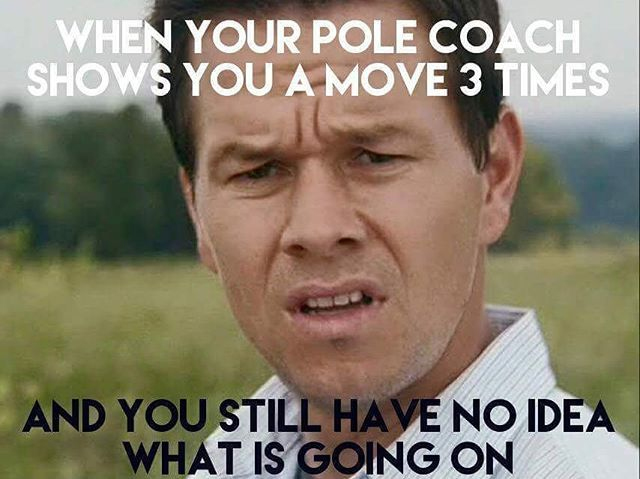 When an experienced pole dancer watches a combo they’ve seen on Instagram, their brains process that combo in a completely different way to how a beginner poler would view it.
When an experienced pole dancer watches a combo they’ve seen on Instagram, their brains process that combo in a completely different way to how a beginner poler would view it.
To a beginner poler, it may seem like witchcraft how a dancer went from an outside leg hang to an inside leg hang, to an Ayesha (woah, what just happened… rewind!).
But an experienced poler will watch that combo and know instantly which discreet pole skills they need to execute the combo. They’ll see – outside leg hang, hip hold, leg switch, split grip, twist to Ayesha – simples!
They’ve practiced all those individual skills a hundred times over. They have strong motor programmes for each one, so learning the combo is simply a case of making minor adjustments to combine them in a new way.
A less experienced poler lacks the cognitive understanding of those individual moves to be able to process it in the same way. And when they try it on the pole, those individual pole skills are not yet hardwired, so they will need to repeat the pattern many times before getting it right.
With this in mind, make sure you dedicate a certain amount of your training time to practicing the main foundation movements of pole dance—like climbs, basic leg hangs, hip holds, horizontal transitions, and ALL the different grips! Get to know these foundation moves inside out! It is only with practice that those movements will become automatic.
However, to truly excel at pole, we need to learn not only these individual “discreet” skills—individual spins, tricks and techniques like climbing, inverting and different grip positions—but we also need the skill of linking multiple discreet skills together to form combos and ultimately perform a full routine.
So, it’s important not just to learn the skill of the individual moves, but also to practice the skill of linking those moves together.
And the best way to get really frickin’ good at a move once you’ve got the individual move down pat, is not to keep repeating that individual move over and over again, but to practice going into it from as many different moves as possible, and exiting it in different ways.
In other words: build familiarity not just with the move, but how to transition in and out of it in multiple ways.
There is a fun game you can play to incorporate this “random skill practice” into your training: write down all the moves you’ve completely mastered on individual pieces of paper. Fold and shuffle the bits of paper and pull out 3 random moves at a time. Your job is to combine those moves together on the pole. The randomness can throw up some bizarre orders, but it will force you to be creative and accelerate your understanding of those moves massively.
#7 Film your training and self-critique
Filming your practice and watching yourself back in between attempts of a move is a really useful tool to speed up skill acquisition which, let’s face it, given how fond us polers are of recording our practice on our phones, I probably don’t even need to suggest! But it’s so useful, I’m including it on my list anyways.
When practicing a new move or combination, record yourself, perform the movement once or twice then watch it back and let your inner perfectionist go to town.
What could be improved? Could you smooth a transition by adjusting your leg positioning? Are you pointing your toes the whole time? Analysing your movement in this way will help you see things you might not be aware of while you are doing it, especially if you’re still in the first two phases of learning the movement.
Tweak and repeat until the perfectionist is happy, but bear in mind that this process may take a long time – don’t try to fix everything in one single session!
#8 Aim for progress not perfection
I know I just told you to unleash your inner perfectionist, but please always remember that what you’re trying to do—pole dancing—this shizz is hard!
We need to go through those 3 stages of learning and the first 2 are fraught with imperfection! You cannot rush the process and so to learn effectively, it’s vital that you let go the fear of failure.
Effective practice isn’t about getting it right first time. Our errors are important as they constantly guide us down the path to correct execution, so embrace those failures and learn everything you can from them to keep moving forwards.
Getting really F’in good at pole is a long-term mission. There are so many different moves to learn and, beyond that, an infinite number of ways in which those moves can then be linked together.
It will take many, many years to get to the same level of mastery as your favourite pole stars.
Please take these tips on board and do what you can to boost your pole skills, but, ultimately, you must have patience, trust the process and with dedication and experience, you will get there. In the meantime, let’s love and celebrate all the little wins along the way.
Strength is nothing without skill, but likewise, skill without strength won’t get you very far. If you know you need to work on the strength to back up your pole skills, and want to be a better, stronger, safer pole dancer – check out my strength training programmes for pole dancers – or my book – Strength and Conditioning for Pole – 460 pages of pole strength and conditoning nerding!


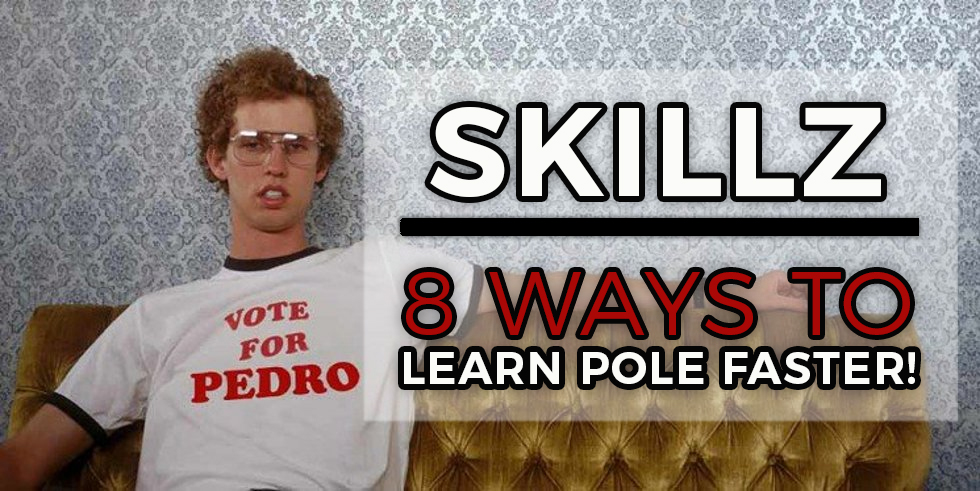



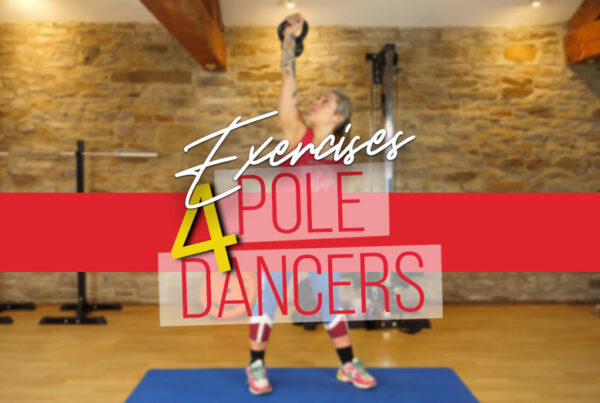
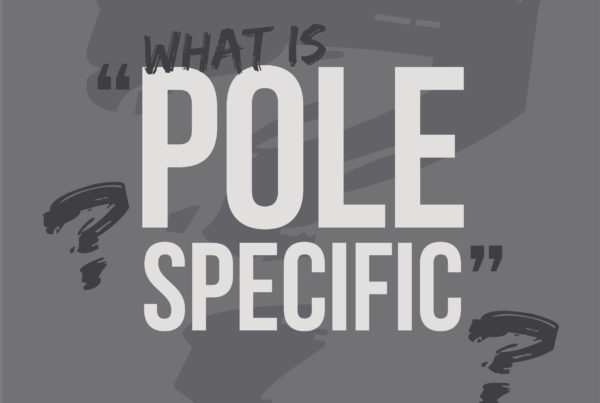
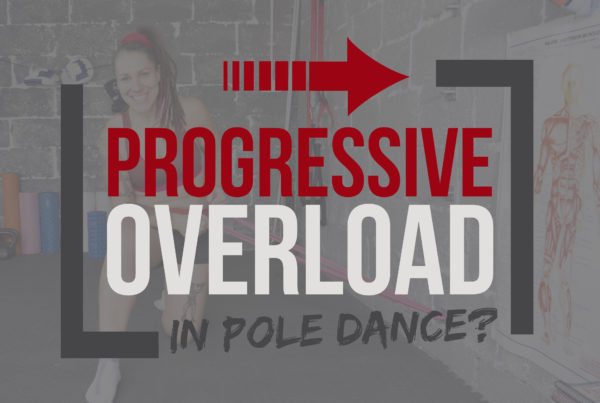
Great article, thank you!
Thank you for taking the time to comment, Chiara! Glad you found it useful! 🙂
Just discovered you and can’t wait to read more of your stuff ????
Yey! Aw thank you so much Tanya! ????